Order Chiroptera Rank Species | Phylum Chordata Family Vespertilionidae Higher classification Eptesicus | |
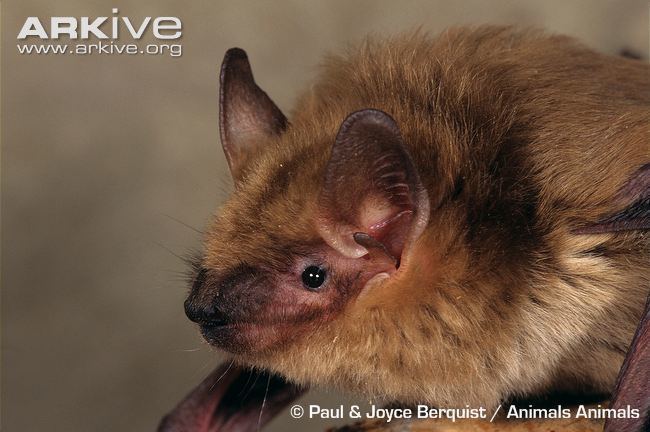 | ||
Similar Eptesicus, Bat, Little brown bat, Hoary bat, Silver‑haired bat | ||
Big brown bat identification
The big brown bat (Eptesicus fuscus) is native to North America, Central America, the Caribbean, and extreme northern South America.
Contents
- Big brown bat identification
- Bats of the smokies big brown bat
- Description
- Diet
- Hibernation
- Lifecycle
- Subspecies
- References
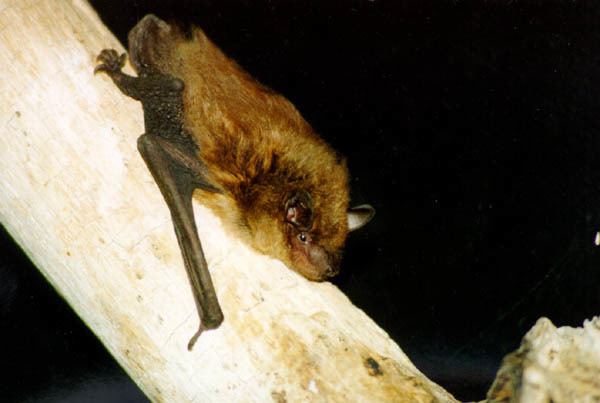
Bats of the smokies big brown bat
Description
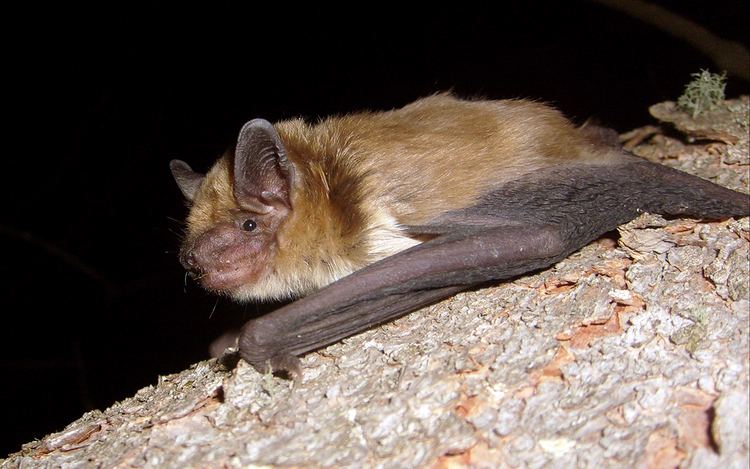
This medium-sized bat ranges from 10–13 cm (3.9–5.1 in) in body length, with an 28–33 cm (11–13 in) wingspan, and weighs between 14–16 g (0.49–0.56 oz). The fur is moderately long and shiny brown. The wing membranes, ears, feet, and face are dark brown to blackish in color.
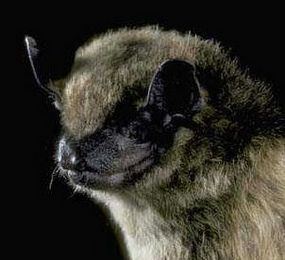
Big brown bats are nocturnal, roosting during the day in hollow trees, beneath loose tree bark, in the crevices of rocks, or in man-made structures such as attics, barns, old buildings, eaves, and window shutters. Big brown bats navigate through the night skies by use of echolocation, producing ultrasonic sounds through the mouth or nose. They are known also to produce audible sound during flight, a click or a sound like escaping steam.
Diet
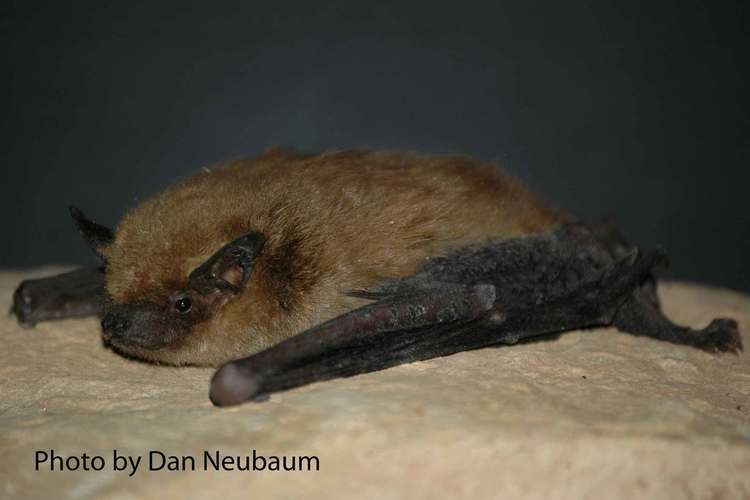
Big brown bats are insectivorous, eating many kinds of night-flying insects including moths, beetles, and wasps which they capture in flight. This causes the sudden, frequent changes in direction.
Hibernation
Big brown bats hibernate during the winter months, often in different locations from their summer roosts. Winter roosts tend to be natural subterranean locations such as caves and underground mines where temperatures remain stable; where a large majority of these bats spend the winter is still unknown. If the weather warms enough, they may awaken to seek water, and even breed.
Lifecycle
Big brown bats mate sporadically from November through March. After the breeding season, pregnant females separate themselves into maternity colonies. In the eastern United States, twins are commonly born sometime in June; in western North America, females give birth to only one pup each year.
Subspecies
The subspecies E. f. fuscus occurs in the entire eastern half of the U.S. except Florida. The subspecies E. f. pallidus occurs in Utah.
